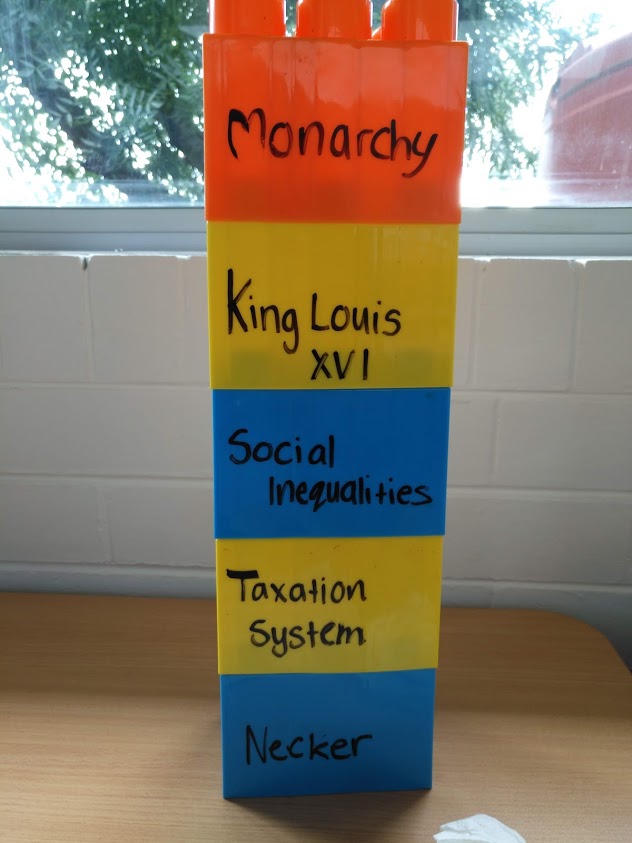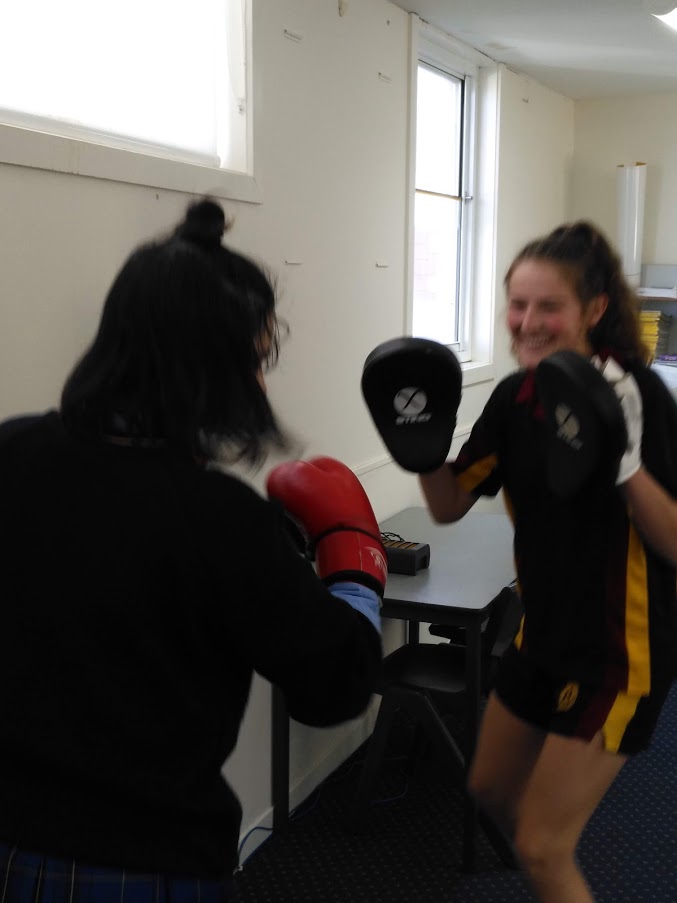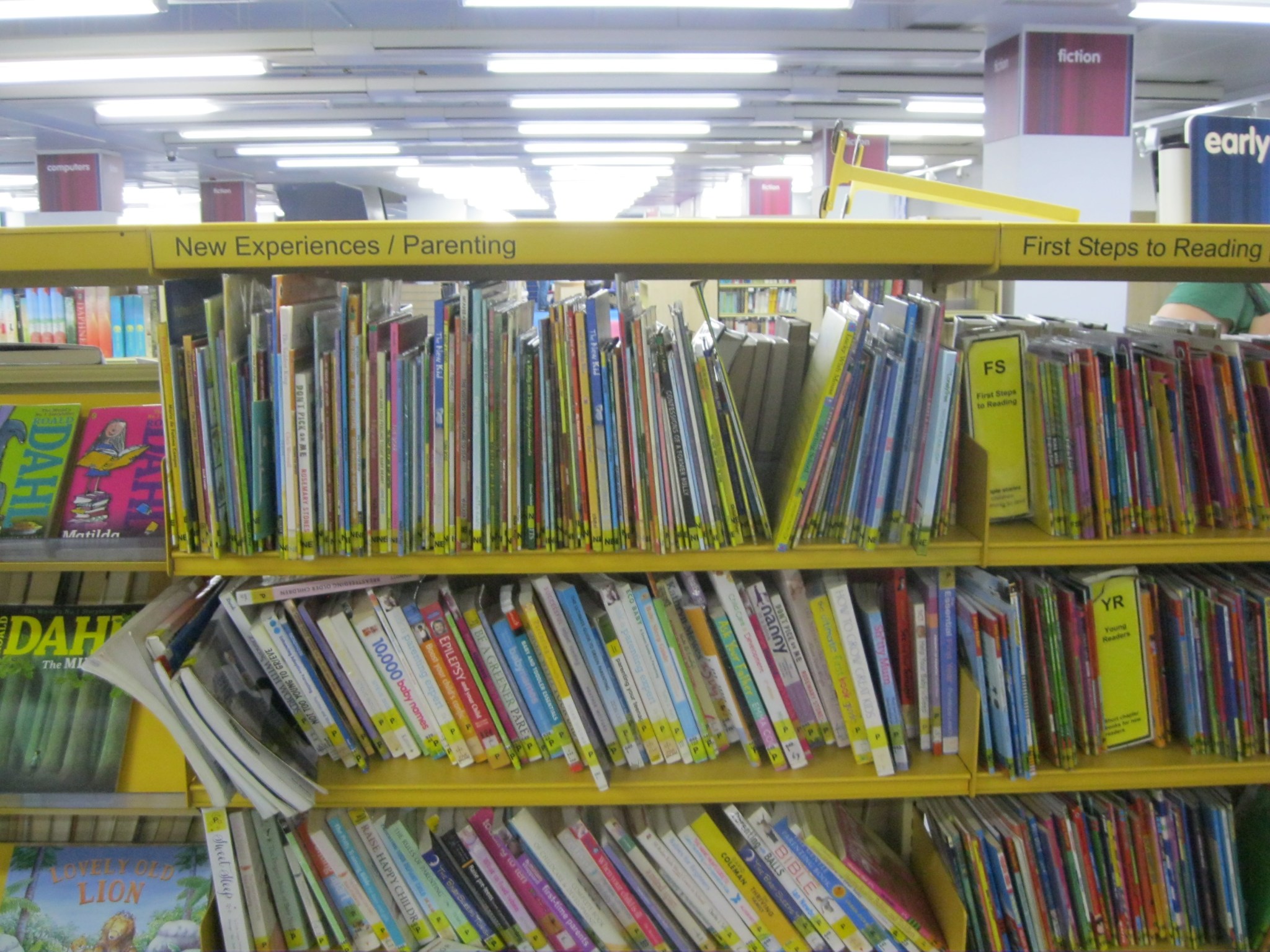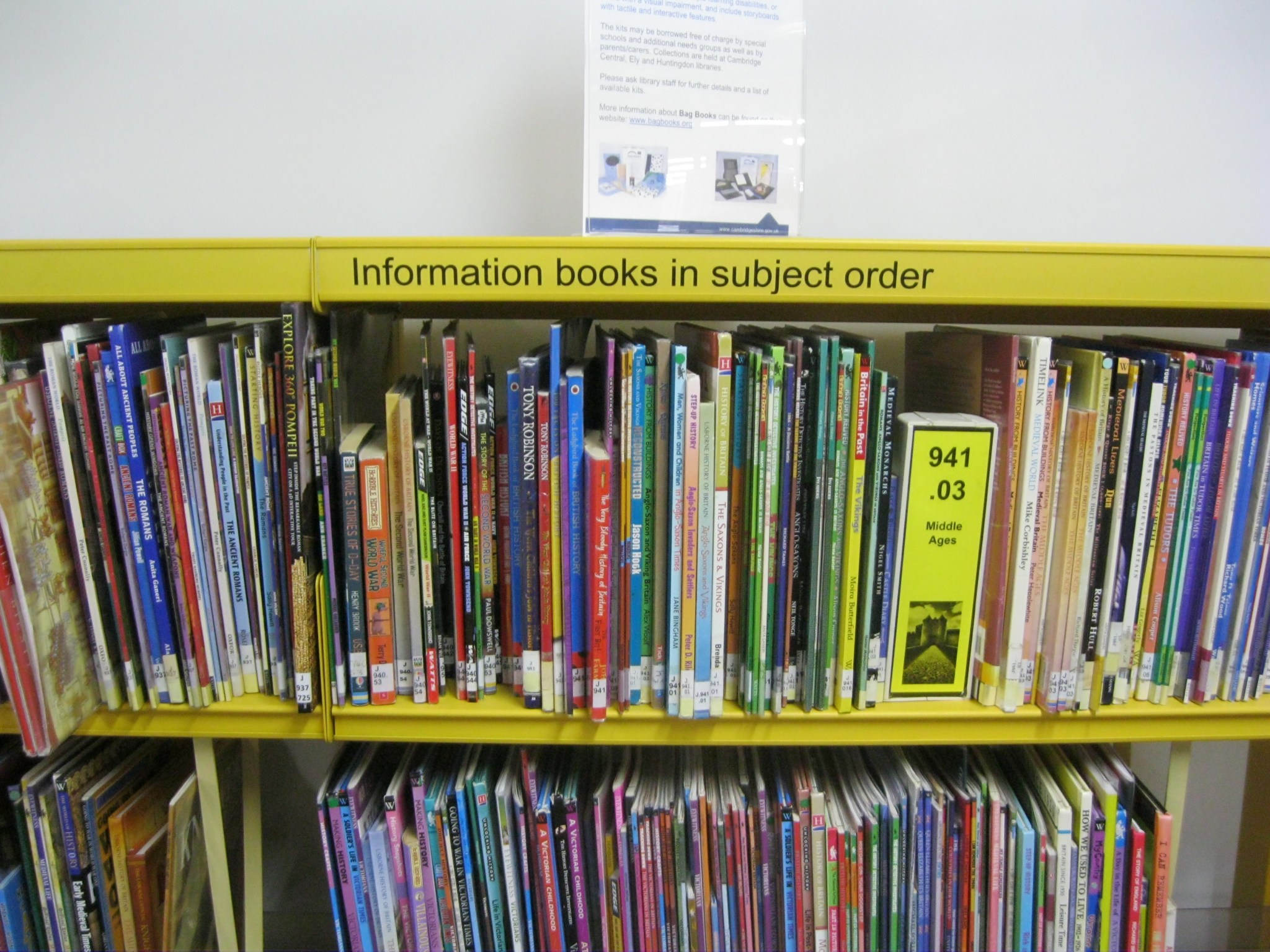We often don’t think about the things we implicitly teach. Recently, I completed a survey for The International Federation of Library Associations and Institutions (IFLA) on our contribution to the United Nations Transforming our world: the 2030 Agenda for Sustainable Development.
This is an example of how we can introduce the complexity of this to younger students:
What is Sustainable Development? from World’s Largest Lesson on Vimeo.
It is interesting to stop and think about what we might be modelling to our students beyond actual subject teaching – something the school library needs to consider on a regular basis.
These are the targets that I believe we are working towards:
These three are probably the most obvious.
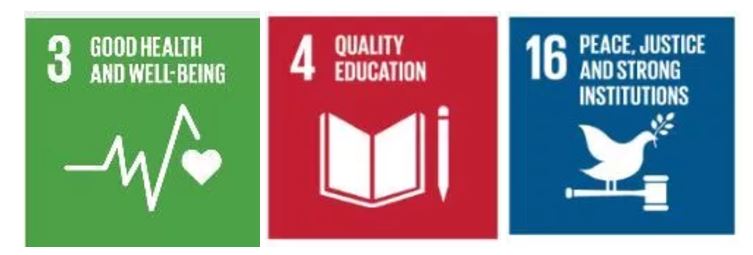
We are so lucky to belong to our College Community – with a long and proud tradition, a strong focus on health and well-being, dedicated and passionate teachers, and a well-established curriculum and pastoral care system based on Justice. We expose students to a number of world issues where these targets are far from being fully implemented and our opportunities to work towards these goals are provided through fund and consciousness raising.
Next, these two are related to each other:

Last year we had a display based on LGBTI (Lesbian, Gay, Bi-sexual, Transgender and Intersex) Rights. The concept resulted from a member of staff attending a professional learning event at our local hospital. Up to date and relevant material was purchased, and a display space near the public phone, located in the Tower building, has been set up with relevant and medically approved brochures. We also create focus displays on New Internationalist topics of note, and refer students regularly to issues relating to refugees and people fleeing war and or natural disasters.
Another set of connected goals which we model as well as teach can be seen in these three target areas:

The subjects we teach that cover these areas include Geography, English and Science. The way in which we live these are as follows:
- paper recycling bins
- Papercut is now controlling our printing – which allows for jobs to be cancelled if they are no longer required, and prevents students printing to all the printers in the school but only collecting from one. This has had a massive impact on our paper and toner use.
- OneNote notebooks which are now ubiquitous across the Senior Campus are also saving us from printing as many work sheets etc.
- We also consider the environment when we turn on the air conditioners, and lights – and determine the timing, temperature and duration of use based on necessity rather than just having them running.
Can you think of other ways that we are meeting these goals? If so we would love to hear them.
The logos in this article have been used as laid down in the UN Guidelines for use.
